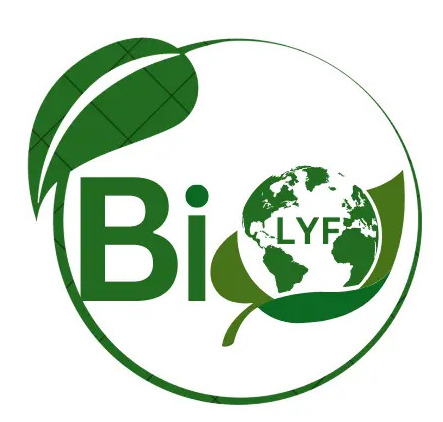A Simple Guide to Vermi-Compost Fertilizers for Farmers
Many farmers want to improve their soil and help their crops grow better. One easy and natural way to do this is through vermicomposting. This process uses earthworms to turn food scraps and plant waste into rich fertilizer. Let’s look at what vermicompost is, its benefits, how to make it, and how to use it in farming.
What is Vermi-Compost?
Vermi-compost is fertilizer made from worm waste. When earthworms eat organic matter like vegetable peels, leaves, and fruit scraps, they break it down and produce a dark, nutrient-rich substance called worm castings. This is great for plants because it contains many important nutrients.

Benefits of Vermi-Compost
- Full of Nutrients: Worm castings are rich in essential nutrients like nitrogen, phosphorus, and potassium. These help your plants grow strong and healthy.
- Better Soil: Adding vermicompost improves soil quality. It helps the soil hold water and air, which is important for healthy root growth.
- Helps Control Pests: The good bacteria in vermicompost can fight harmful pests and diseases. This means you may not need to use chemical fertilizers or pesticides as much.
- Reduces Waste: Vermi-composting is a great way to recycle kitchen scraps and yard waste. Instead of throwing these away, you can turn them into valuable fertilizer.
- Good for the Environment: Using vermicompost is eco-friendly and supports sustainable farming practices. It helps keep the land healthy for future generations.
How to Make Vermi-Compost
Making your own vermicompost is easy! Here’s how to start:
- Get a Worm Bin: You can buy a worm bin or make one from a plastic container. Make sure it has holes for air and drainage.
- Choose the Right Worms: The best worms for composting are red wigglers . They are efficient and thrive in compost.
- Prepare Bedding: Fill your bin with bedding materials like shredded newspaper, cardboard, or dried leaves. Moisten the bedding so it feels like a damp sponge.
- Add Food Scraps: Start adding food scraps like vegetable peels, fruit scraps, and coffee grounds. Avoid adding meat, dairy, or oily foods, as these can attract pests.
- Take Care of the Bin: Keep the worm bin in a cool, dark place, like a shed or garage. Check the moisture regularly; it should be damp but not too wet. Stir the contents every few weeks to keep it fresh.
- Harvest the Castings: After a few months, you’ll see dark, crumbly compost. You can separate the worms from the castings or use a screen to sift them out.
How to Use Vermi-Compost
You can use vermicompost in several ways on your farm:
- Mix with Soil: Add vermicompost to your garden soil to improve its quality and provide nutrients.
- Top Dressing: Sprinkle a layer of vermicompost around your plants. This gives them extra nutrients.
- Compost Tea: Soak vermicompost in water to create a liquid fertilizer. Use this to water your plants for an extra boost.
Conclusion
Vermi-composting is a simple and effective way for farmers to improve their soil and grow healthy crops. By turning food scraps and yard waste into valuable fertilizer, you can reduce waste and support sustainable farming. With just a few easy steps, you can start making your own vermicompost and see the positive effects on your plants and soil health. Give it a try, and you’ll likely see great results in your crops.

